When it comes to strength training the barbell squat is, without question, one of the best movements you can do for mobility and overall strength. However, there are a lot of ways you can do this important exercise, and some may not be as effective or safe as others. That being said, the way you modify your squat may also depend on your individual fitness goals, or a specific range of motion that you’re trying to improve.
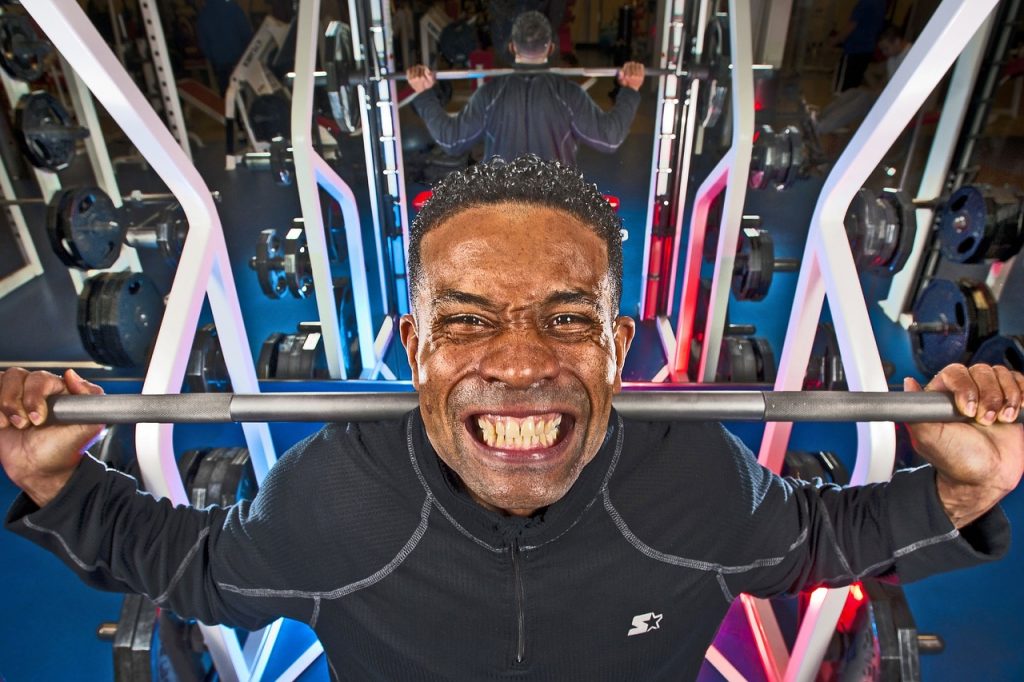
Generally, performing a full barbell squat in which the thighs dip just below parallel to the floor, is safer, more effective and, overall, a better choice than performing half-squats. A half squat or even a quarter squat may have its place with certain trainees or athletes, but the risk of injury often isn’t worth the small gain in strength for the average fitness enthusiast.
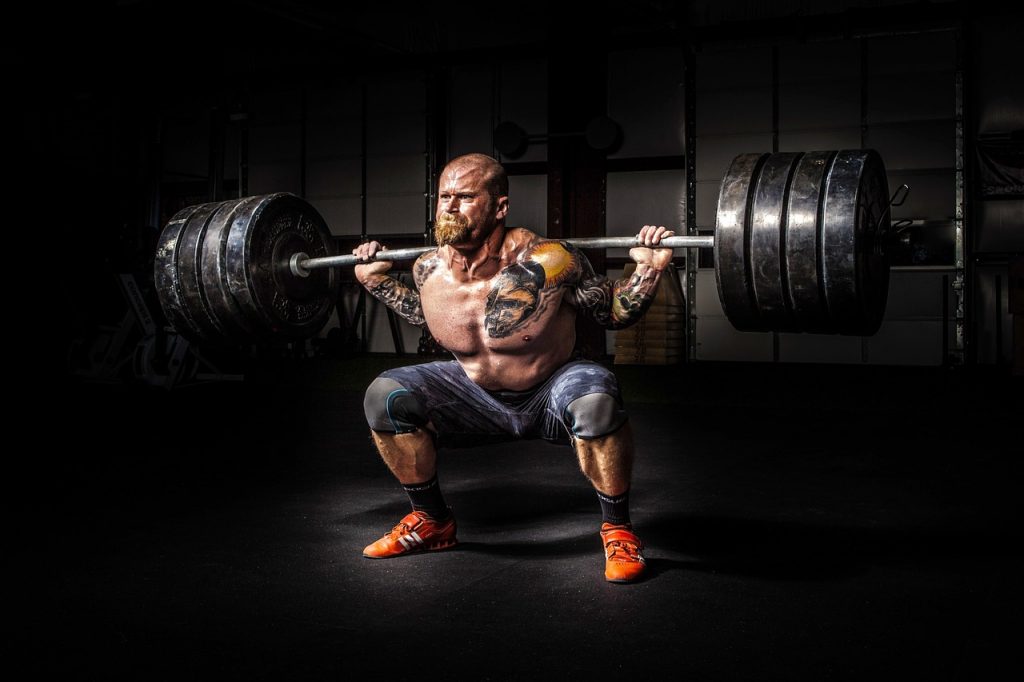
While there is no such thing as a “bad” exercise, you should try to choose ones that not only emphasize muscle growth and strength increases, but also improve posture and overall mobility. A full squat is a natural movement called a “triple extension” because it involves three joints: the hips, knees and ankles; however, by removing any of those three joints, the movement becomes modified, opening up the trainee to greater risks of injury. In its most simple form, a squat is very similar to standing up and sitting down, while a half or partial squat is something else entirely.
The Half Squat: A Power Movement
A half squat typically involves a barbell placed higher up on the vertebrae (around C7), requires immensely heavy loads, and doesn’t require you to break a parallel line with your hamstrings. Due to the larger weights associated with a half-squat, you’ll be placing tremendous amounts of stress on the knees, hips and lower back, especially when in the extended position. However, the ability to use greater loads will help strength athletes improve the part of the movement known as the “lockout.”
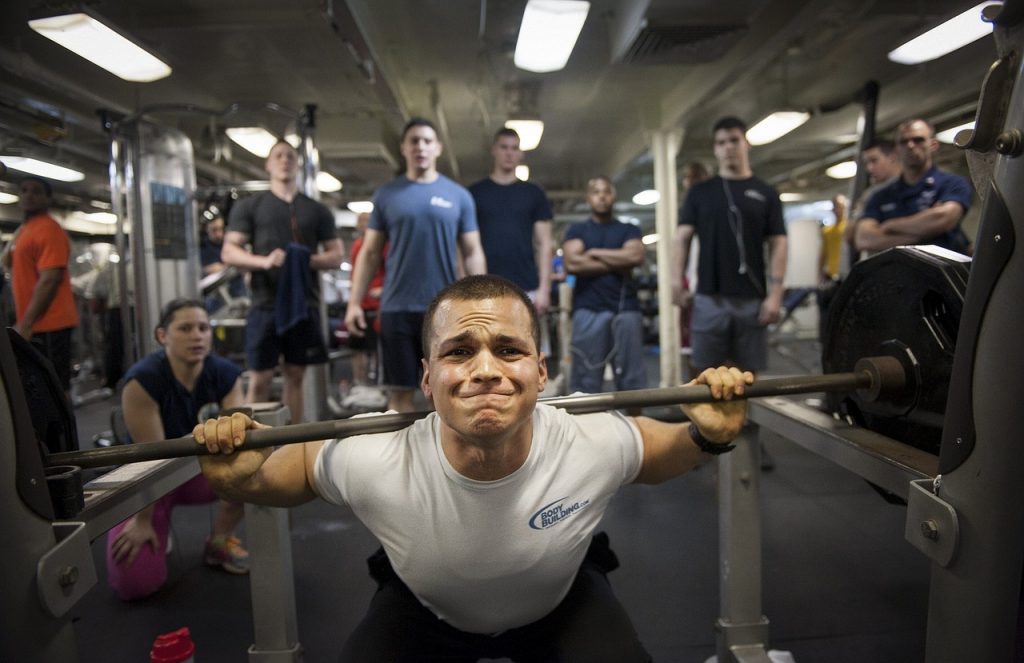
Why Do A Half Squat?
A half squat or a limited-range squat only serves one main purpose: to make the athlete better and more efficient at completing this specific part of the squat. If an athlete finds that they are stronger in the bottom-end of a squat, but has difficulty toward the end of the range of motion when under maximal loads, a half-squat may be useful because it will create more explosiveness and coordination in this specific area.
Half squats can also be beneficial for activities such as jumping and sprinting, where the angles at the knee and hip are closer to those found in half squats (source).
Raw Strength
The half squat can help strengthen the “lockout”, thus evening out the movement overall. However, this is usually only a concern for the strength athlete or for those in which the squat itself is an integral part of their sport. An excellent example of this is a powerlifter attempting to increase their 1RM (1-rep maximum). Powerlifters are usually concerned with training the bottom-end, mid-range and top-end of three main movements: the deadlift, the bench press and the squat.

This may sometimes require the use of partial-range movements, or even specialized pieces of equipment like boards or boxes that purposely limit their range of motion. It’s a very risky way to train, but is sometimes required to elicit strength gains in more conditioned or experienced athletes.
Should You Use A Half Squat In Your Routine?
For the average fitness enthusiast, a half squat usually isn’t necessary, as working at maximal capacity won’t be required for muscle growth or fat loss. However, if you are concerned with maximal strength, partial movements like the half squat may be useful. Generally, training for maximal strength can create a lot of opportunities for acute injury to the joints, as well as long term issues with posture. There is undoubtedly a trade-off between training for strength and the toll it takes on a person’s body.

With respect to partial movements like the half squat, you’ll be required to perform excessive lockouts in the knees, and will also facilitate intense compression of the vertebrae due to the heavier weights required in this movement. As mentioned, there is no such thing as a bad exercise; some, like the half squat or partial range bench press, just come with greater inherent risks.
Safe Alternatives
One alternative to the half squat is a squat from inside of a squat rack using the rack itself to limit movement. Many squat racks come with safety bars that can be adjusted to varying heights. If you are really set on training the top end of your squat, you can adjust the bars so that they sit just below the collarbone. Then you can load a barbell with your desired weight, and perform only the top end of your squat, resting the barbell on the safety bars momentarily between each rep.
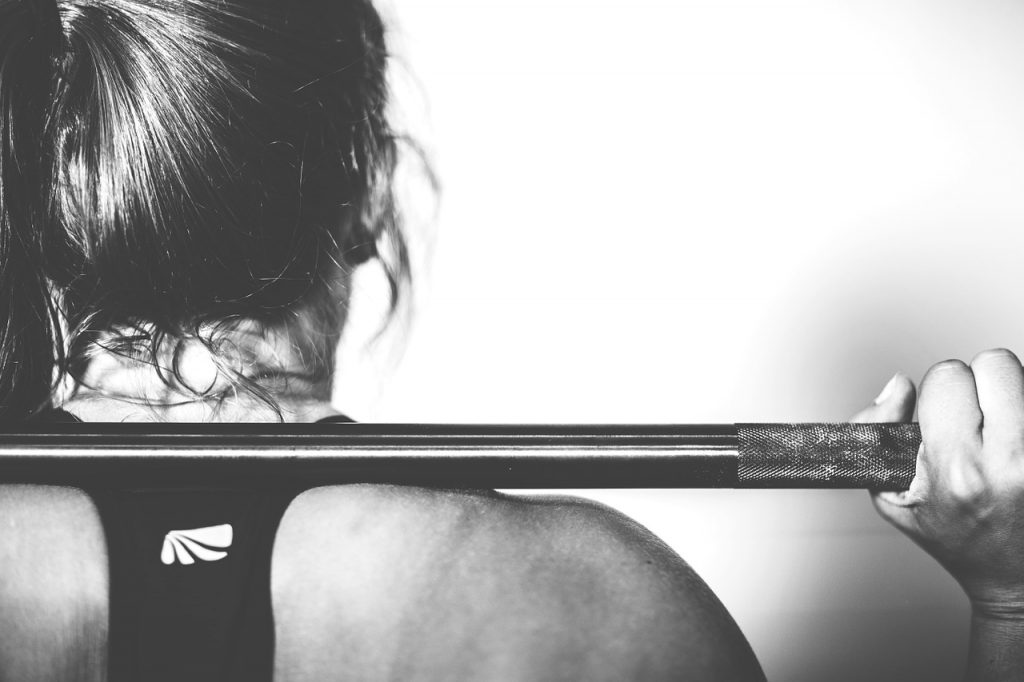
By doing this, you reduce sustained tension and stress on the knee while still reaping the explosive benefits of performing only the partial range of a squat. It’s still not a perfect movement, and may still be injurious, but it is a safer alternative than doing barbell squats in free space.
A Full Squat: A Movement For Aesthetics And Conditioning
The set up for a full squat is similar to that of a half squat. However, the main difference is that you’ll be squatting deep enough that your hamstrings will be parallel to the ground beneath your feet. Some who perform full squats even believe that squatting until the calves almost touch the glutes is more effective.
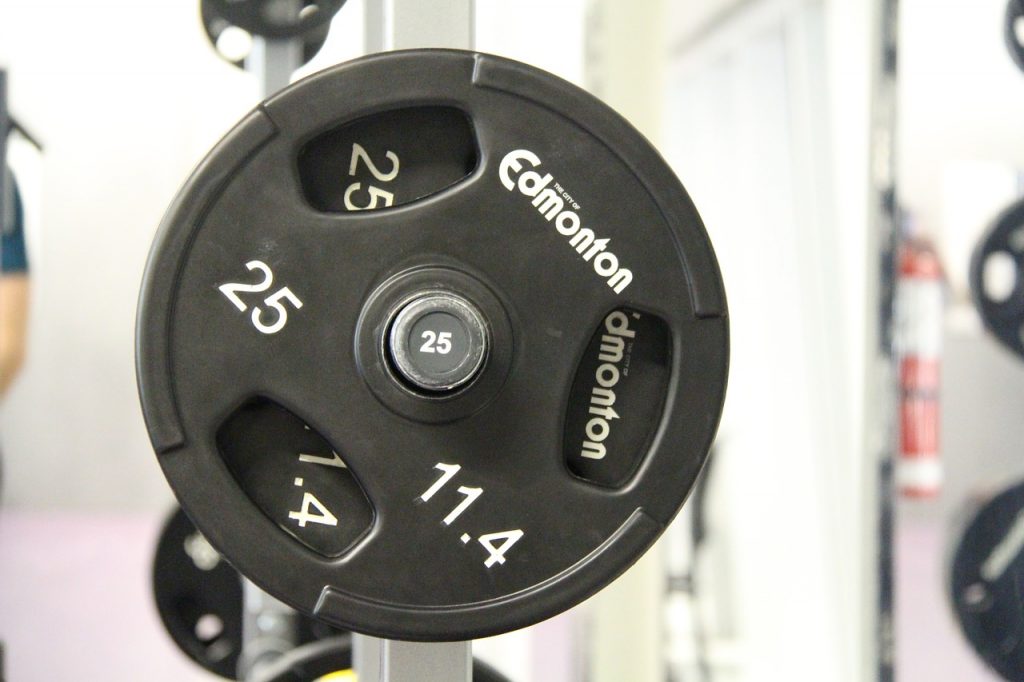
A full squat is a natural movement that is akin to sitting in a chair, and most people are actually born knowing how to do it properly (source). Poor squat technique happens over time as a result of bad posture; however, this is usually fixable. In general, the full squat is a movement that doesn’t require maximal loads to be effective, and is used by those who may have fat loss or hypertrophy in mind.
Fat Loss and Muscle Growth
Exercises that take a muscle through a greater range of motion tend to be more metabolically taxing and create a larger oxygen debt—a great combination for someone looking to trim down. By squatting lower and making the quads, glutes and hamstrings move weight across a greater distance, you’ll create a bigger metabolic burn and also break down more muscle fibers.
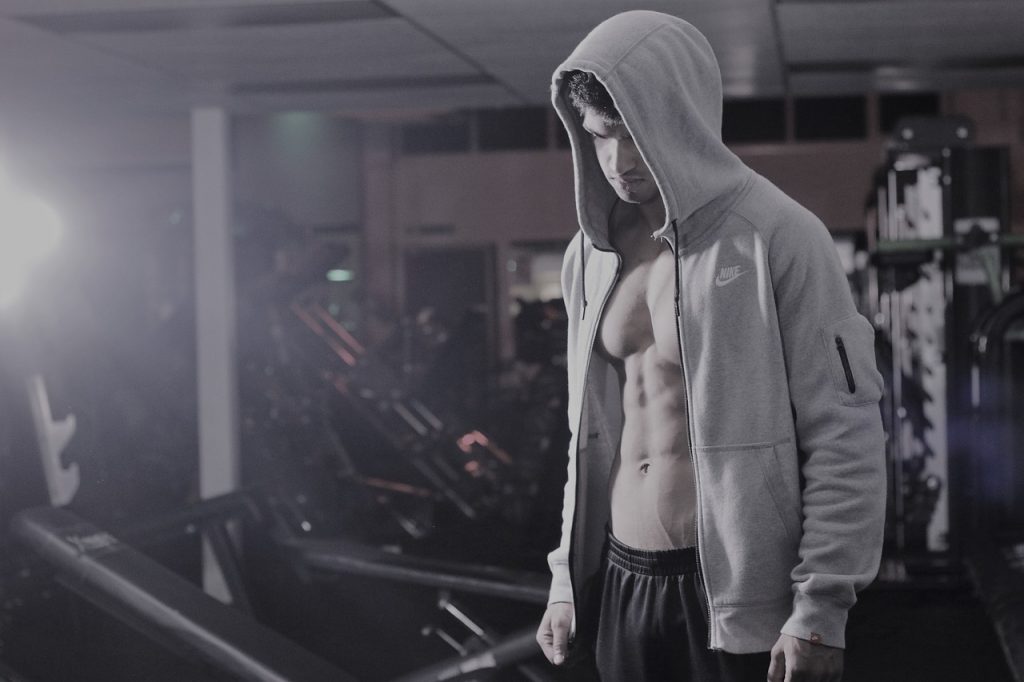
This combination leads to fat loss, improvements in overall body composition, and muscle hypertrophy. You may notice some small strength gains from improved neuromuscular efficiency, but you’ll sacrifice the explosive strength coveted by athletes when performing a full squat.
Should You Use A Full Squat In Your Routine?
If you are capable and are injury free, you can and should incorporate full squats into your routine. When your goal is looking better, and trimming down, the squat is an essential movement. It works a large muscle group, is challenging when done in higher rep ranges, and gives you a lot of bang for your buck when you’re pressed for time.
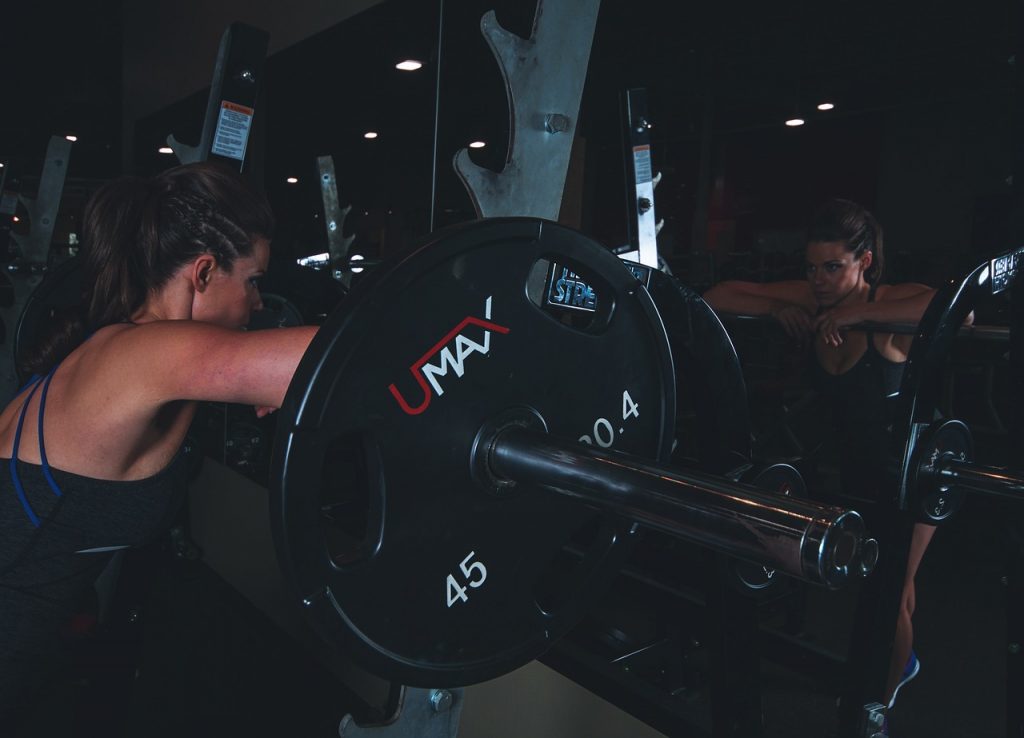
Even if you are an athlete that is more concerned with strength gains, a full squat can still be used effectively to develop smaller, stabilizer muscles that come in handy under maximal weight. Bodybuilders can also effectively use the full squat in conjunction with other specialized exercises like leg extensions to sculpt the quads for an even, symmetrical lower body.
Alternatives
While the barbell squat is generally a safe movement, it can be modified to target specific parts of the leg or to omit parts that may be injured. For example, if you have a lower back issue, but still want to reap the benefits of a squat, you can try doing a front squat. The movement is very similar, but requires that you place the bar on your shoulders in front of you rather than on your trapezius muscle.
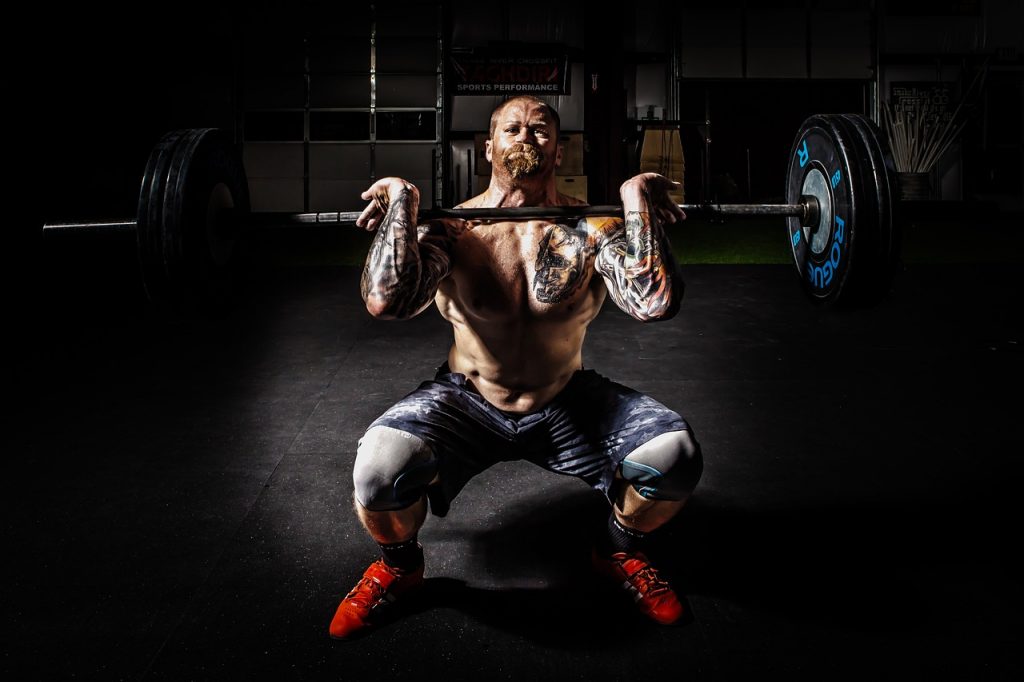
You can hold it in place with your hands, or with straps and you’ll be able to place a significantly greater emphasis on the quads. You may want to do this to avoid the injuries associated with placing the lower back under heavy loads, or you may want to correct an imbalance you feel you have between the anterior and posterior sides of your leg. Regardless, the front squat is an equally effective alternative to the back squat.
Which Squat Is Best For You
Most people are not elite strength athletes, and may not feel the need to be experts at every phase of the squat. Many use the squat as a part of their overall fitness regimen, rather than see it as an end in itself. However, there are a select few who train specifically to get better at this movement, and may need to modify it to help them reach their goals.
The key is to choose your exercises carefully and only pick movements that will not only suit your body type but also your needs. Always understand the risks of altering or tweaking a movement that is otherwise natural, and ask yourself if doing so is worth the potential reward.
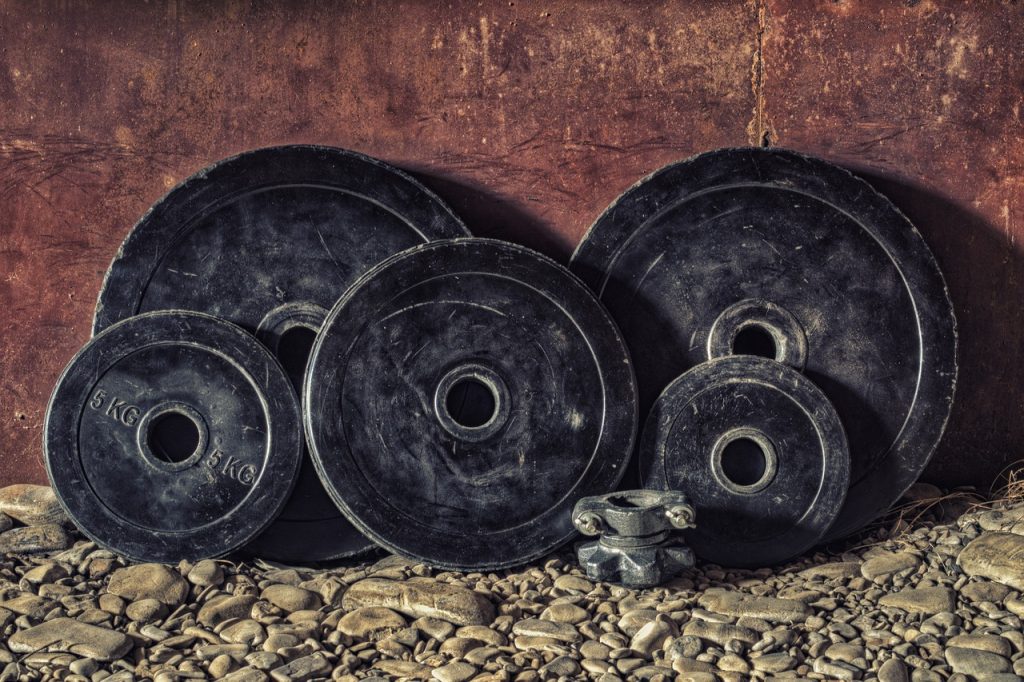
A half squat performed in free space is an inherently dangerous movement, but it may be worth doing for experienced strength athletes that have experienced a plateau in their training. That being said, if you can avoid it and still make progress, you should do so.
Overall, a full squat is a much safer movement and can still yield some small strength gains, even though its primary functions are fat-loss and hypertrophy. The greater range of motion and recruitment of large muscle groups makes it more effective in accomplishing these goals than the half squat.
If you’re looking for a way to tone up while also staying safe during your workouts, do yourself a favor and try high-rep sets of full squats. You’ll experience greater mobility, increased metabolism and will be able to keep training hard while also staying injury-free.